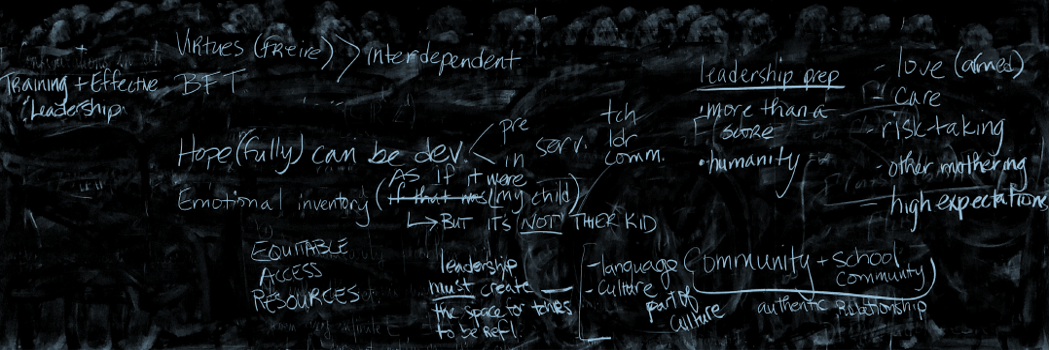I want to talk about the Blackfoot nation’s (an indigenous tribe) model of self-actualization. In psychology, and particularly educational psychology, “maslow’s” hierarchy of needs is often drawn upon to make sense of and provide direction to how students learn and can optimally learn. Duncan-Andrade notes this in his Google Talk, but still somehow misses the point. First of all, it is not an “inverted triangle” as he says. Duncan- Andrade makes sense of maslows work by saying that he change how he did, because “our society was soooo off from where it should be”. This is wrong, what Duncan- Andrade fails to note is that actually Maslow only created his rendition of the model to FIT the capitalist foundations of the united states. There is little “radical” about his “hierarchy of needs”, namely, it’s a hierarchy. He fails to recognize the value of connect and collective actualization, which still perpetuates the individualistic narrative of racial capitalism, and ultimately serves to oppress Black, Indigenous, Latinx, and AAPI people in different ways.
First of all, Blackfoot Nation’s model is an inverted tipi- a THREE dimensional model, that actually is no hierarchy at all. Embedded at every aspect of the model is serving each of the needs, sense of belonging, and self-esteem (that maslow wrongly places hierarchically)—each of these aspects of wellbeing are achieved BOTH individually and in community simultaneously. Also, this is a model built by and for the Blackfoot Nation, it is a sacred way of life, that to now colonize in psychology and education is dangerously intrusive and disrespectful. I am all for cultures gatekeeping some shit, and this is one of them.
The themes that are presented in the Blackfoot Model are reiterated and reflected in the discussion of critical hope and healing in this week’s readings as well. Critical hope and healing are inherently communal when cultivated by teachers. I wish the readings stressed this. To see yourself and grow critical consciousness IS a relational process, to be in relationship with yourself, with others, and community. It is to strengthen and sustain each of these relational bonds that support and in tandem encourage to be “committed agents of change” (I.e. Yolo’s relationship with students) (Cammarota, 2011) through the relational pathways of critical consciousness, action, and wellbeing (Ginwright, 2011). Communal sustenance and wellbeing is predicated on cultivating each of these pathways all the while maintaining a critical hope relationally. And I don’t want to lose sight of that.




Sohini, thank you so much for this post. I was really feeling like something was missing from Maslow’s hierarchy of needs – like it doesn’t make sense for me that it would be a ladder. That is not how development and relationships works. You’re post shed a lot of light on the topic and I’m looking forward to looking further at the Blackfoot’s real conception of community development.